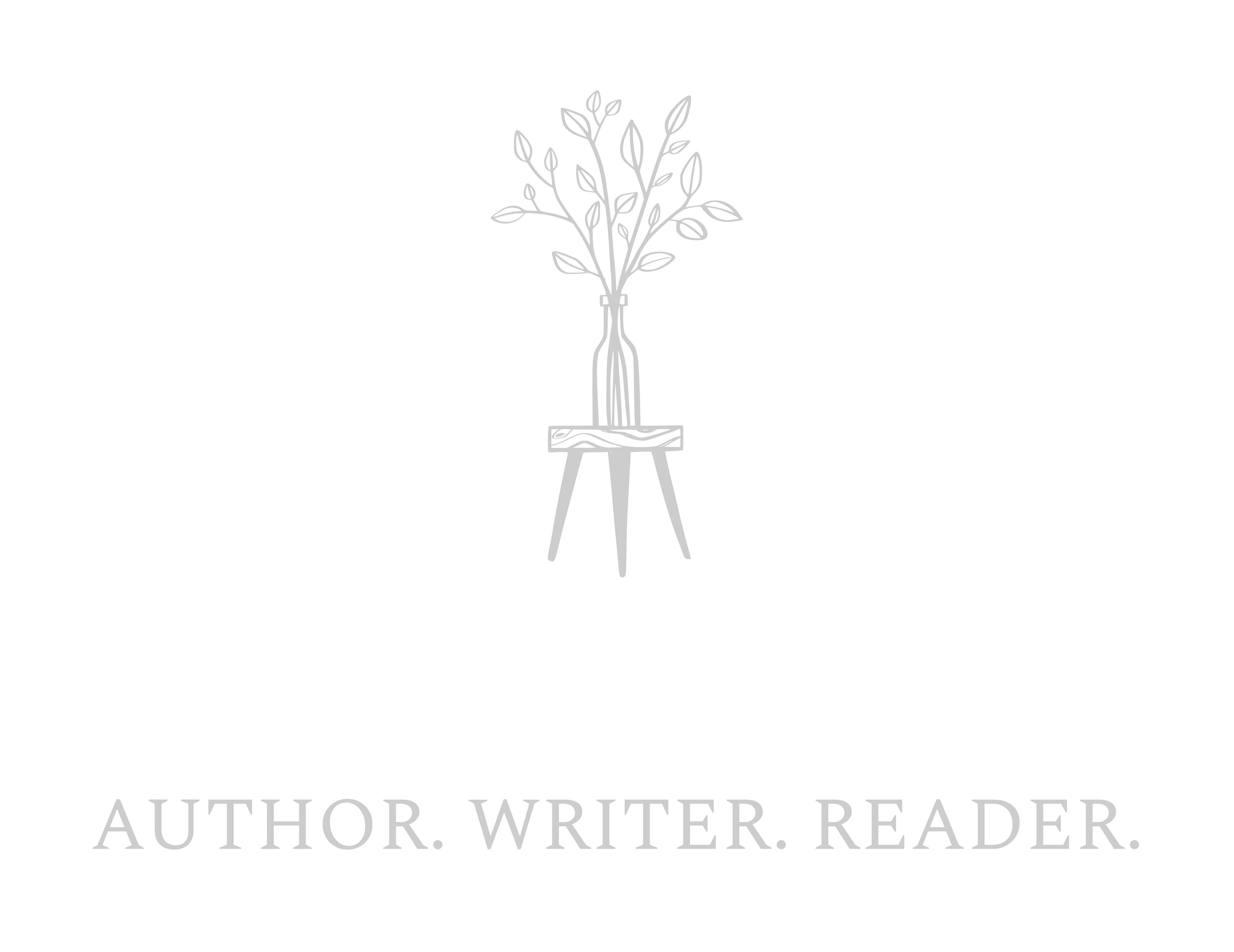When I think about what this single, yet powerful word means to me, many cogitations come to mind: Motivation, Artistic Ability, Imagination, and of course Innovation. I believe that every human being possesses the valuable gift of creativity however, we all use the concept for very different purposes. And whether we believe it or not, our own individuality is what establishes how we explore and wield creativity in our daily lives.
According to Microsoft Bing, creativity is defined as “the use of the imagination or original ideas, especially in the production of an artistic work.”
Britannica describes creativity as “the ability to make or otherwise bring into existence something new, whether a new solution to a problem, a new method or device, or a new artistic object or form.”
Miriam Webster cites creativity as “the ability to create,” and “the quality of being creative.”
All sources above have one phrase in common – the use of imagination. That use can lead to either an intangible or tangible artistry. Let’s explore each category listed below:
Intangible Creativity
Intangible creativity simply means that an idea (could be any type of idea), scientific theory or musical composition is formed. An idea just means that you have a thought or concept about something. It doesn’t necessarily mean that you will place that thought or concept into action. For example, landscaping – when designing your landscape with flowers and shrubs, the design part is categorized as using your creativity. You are being creative by deciding what type of flowers, colors, and design you would like to have, thereby using your own imagination. With that being said, we all have brilliant ideas or viewpoints, it just takes a different meaning once you have decided to act on those ideas and bring them into production.
Examples:
- Idea: Isaac Newton – Laid out the principals of motion, gravity and calculus known as Newton’s Physics.
- Scientific Theory: Santiago Ramón y Cajal – pioneered research on the human brain.
- Musical Composition: Franz Liszt – composer, pianist, conductor, and teacher of the romantic era.
Tangible Creativity
Tangible creativity comes into play when an idea or concept generates a product or solution into existence. Some examples include but are not limited to an invention, literary work, or painting. All of these products or solutions were once an idea that someone brought into existence which took a lot of dedication and patience. However, if one is passionate about their creative artistry then the end result will always be a success. We all have the ability to be creative but not all of our creativity will be considered of worth or value to everyone. That is not to say that we shouldn’t explore our own creativity. I believe that if every human being decided to explore and bring their ideas into existence then we would all benefit greatly from one another.
Examples:
- Invention: Samuel Morse – invented Morse code
- Literary Work: The Bronte Sisters – poets and novelist
- Painting: Leonardo De Vinci – greatest painter in the history of art
Additional Resources:
www. insights.som.yale.edu/insights/what-is-creativity
2 Comments

